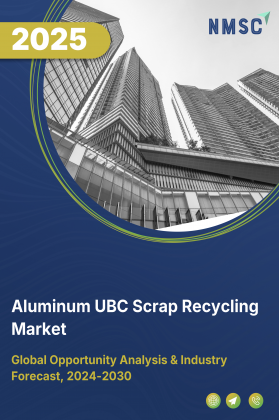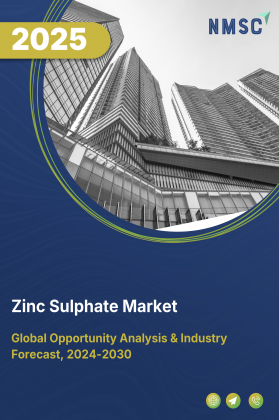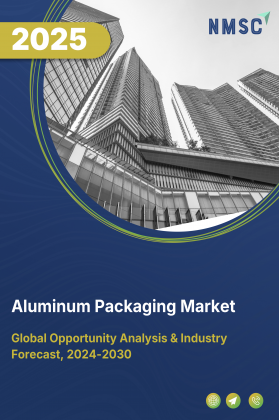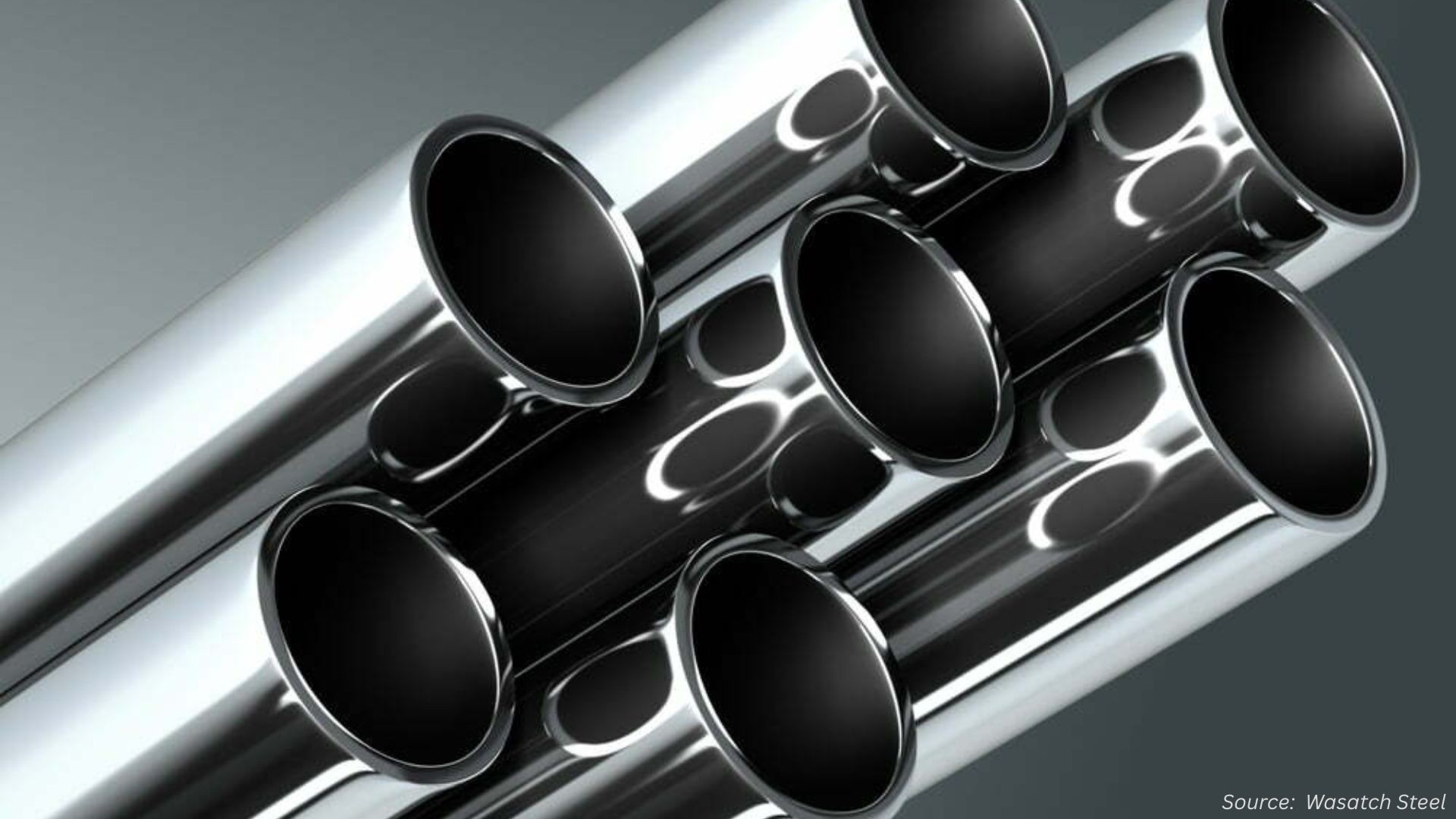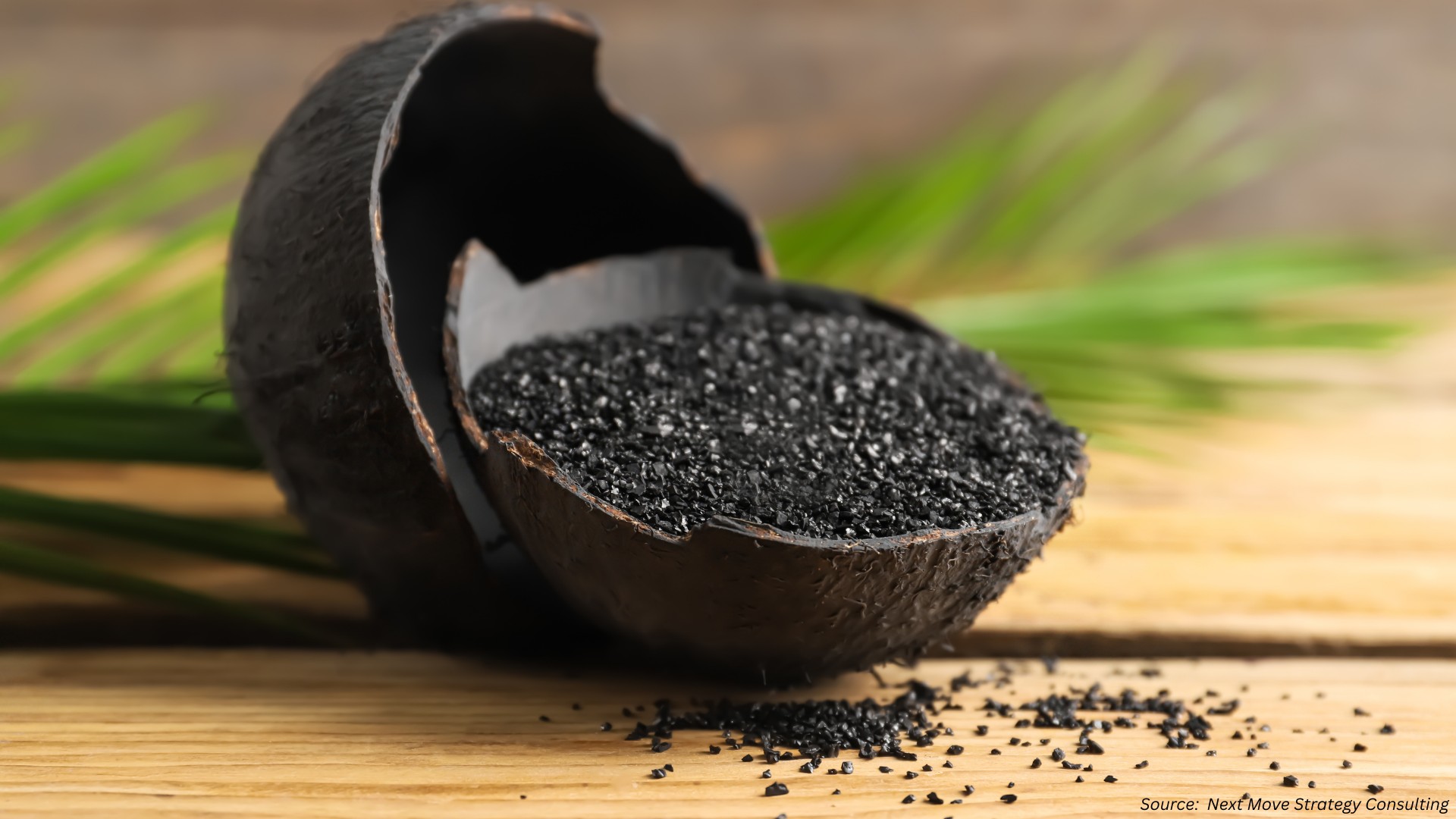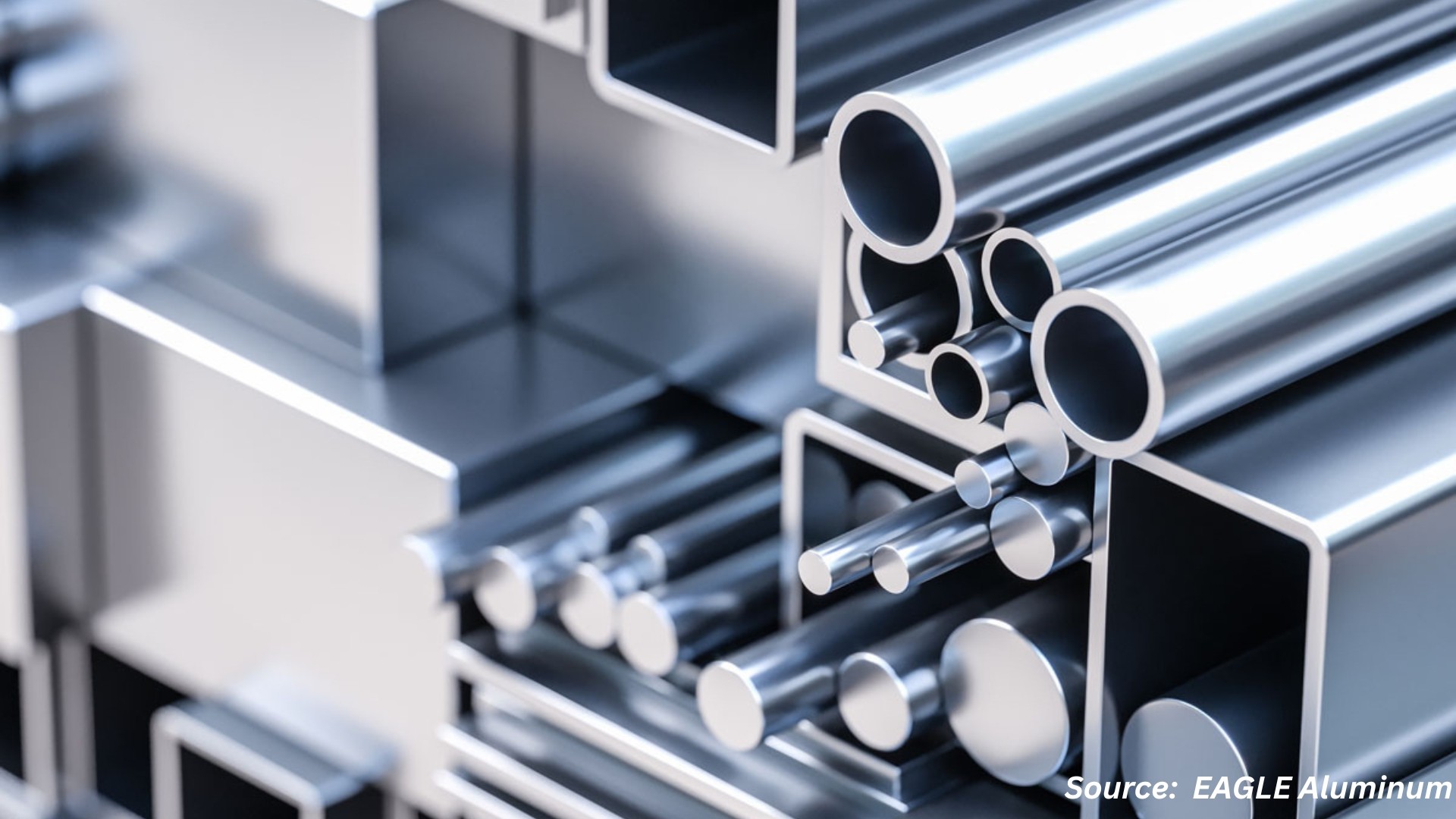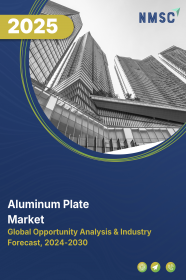
Aluminum Plates Market by Raw Material Processing Method (Rolling, Extruding, Casting, Forging, and Others), by Cutting Method (Shearing, Laser Cutting, Water Jet, and Others), by Type (Aluminum Alloy Plates, Pure Aluminum Plates, Alclad Aluminum Plates, and Cast Plates), by Size (Thin, Medium, Thick), by Aluminum Grade (2014-T651, and Others), Functional Use (Structural, Decorative, Functional, and Electrical), and Others – Global Opportunity Analysis and Industry Forecast, 2025–2030
Industry Overview
The global Aluminum Plate Market size was valued at USD 98.9 billion in 2024 and is predicted to reach USD 105.5 billion by the end of 2025. The industry is predicted to reach USD 142.5 billion by 2030 with a CAGR of 9.2% from 2025 to 2030.
The market is experiencing steady growth, driven by rising demand across the automotive, construction, and aerospace sectors. Its strength, lightweight properties, and corrosion resistance make it an ideal choice for modern structural and transport applications. Government-backed initiatives, particularly in the U.S., are accelerating technological advancements in processing techniques, further enhancing product performance and efficiency.
However, the market faces challenges from high production costs and energy-intensive processes. In response, innovations like recycled aluminum plate technologies are gaining traction, offering more sustainable and cost-effective manufacturing solutions. As sustainability and performance standards rise, aluminum plates are increasingly vital to next-generation industrial applications.
Technological Advancements in Aluminum Processing Propel Market Growth
Government-backed initiatives are playing a vital role in accelerating technological advancements in the aluminum plate market growth. In March 2024, the U.S. Department of Energy announced over USD 650 million in funding for four aluminum decarbonization projects under its Industrial Demonstrations Program, supported by the Bipartisan Infrastructure Law and the Inflation Reduction Act. These investments are expected to drive innovation in processing methods such as advanced rolling, precision cutting, and surface treatments, key technologies that directly enhance the performance, efficiency, and application range of aluminum plates. As sustainability and performance demands rise across sectors like transportation, construction, and aerospace, such federally supported advancements are positioning the aluminum plate market for significant growth.
Rising Demand in the Automotive Industry Fuels Market Expansion
The rising adoption of aluminum plates in the automotive sector is significantly propelling market growth, driven by the need for lightweight, high-strength materials that enhance fuel efficiency and help meet stricter emission regulations. Aluminum’s favourable strength-to-weight ratio makes it ideal for use in vehicle body panels, structural parts, and electric vehicle components. In 2024, China, the world’s largest automotive producer, recorded a total vehicle output of 31.28 million units, a 3.7% increase from 2023, according to the China Association of Automobile Manufacturers (CAAM). With auto sales also climbing by 4.5% to 31.44 million units, the growing production volume underscores a rising demand for advanced materials like aluminum plates in modern vehicle manufacturing.
Surge in Construction Industry Applications Drives Growth of the Market
The expanding use of aluminum plates in the construction business is a major driver of the market, owing to their lightweight, corrosion-resistant, and durable properties that make them ideal for applications such as building facades, roofing systems, and structural elements. According to the U.S. Census Bureau, construction spending in the United States reached USD 2.1 trillion in 2024, reflecting a 6.5% year-over-year increase. As global urbanization accelerates and infrastructure projects intensify, particularly in both developed and emerging economies, the demand for high-performance materials like aluminum plates is expected to rise steadily, further strengthening the market outlook.
High Production Costs and Energy Intensity Restrain the Market
The aluminum plate market expansion faces significant challenges due to high production costs and the energy-intensive nature of manufacturing processes. Producing aluminum plates involves substantial energy consumption, particularly during smelting and rolling stages, which elevates operational expenses and exposes manufacturers to volatility in energy prices. This is especially burdensome for smaller producers operating in regions with elevated energy costs. Moreover, the reliance on specialized equipment and skilled labour further adds to the cost structure. These factors collectively constrain the growth of the market and underscore the need for technological innovations aimed at improving energy efficiency and reducing overall production costs.
Development of Recycled Aluminum Plates Creates Lucrative Opportunities for the Market
The emergence of recycled aluminum plate technologies presents a transformative opportunity for the aluminum plate market, aligning with global sustainability goals while reducing costs and environmental impact. A key advancement in 2024 was the Pacific Northwest National Laboratory’s (PNNL) development of Shear Assisted Processing and Extrusion (ShAPE) technology, which enables the production of high-quality aluminum extrusions using 100% post-consumer scrap. Capable of meeting or exceeding ASTM standards for strength and flexibility in commonly used alloys like 6061 and 6063, ShAPE not only supports the adoption of circular economy practices but also reduces dependence on imported primary aluminum. By significantly lowering energy use and carbon emissions, this innovation offers a scalable path toward more sustainable and economically viable aluminum plate production.
Market Segmentation and Scope of the Study
The aluminum plates market is segmented by raw material processing method which is further bifurcated into rolling (hot, cold), extruding, casting, forging (closed die, open die, cold, roll), and others. Cutting methods include shearing, laser cutting, plasma cutting, water jet cutting, and others. By type, the market includes aluminum alloy plates, pure aluminum plates, alclad plates, and cast plates. Based on size, it is categorized into thin (<8 mm), medium (8–25 mm), and thick (>25 mm) plates. Key aluminum grades include 2014-T651, 2024-T351, 5083-H111, 6061-T6/T651, 6082-T6/T651, 7075-T6/T651, and tooling plate – machine cast 5083. By functional use, it is segmented into structural, decorative, functional, and electrical. Applications span into automotive, aerospace and defense, industrial machinery, semiconductors, marine, construction, and others. This segmentation highlights the wide-ranging performance, precision, and utility of aluminum plates across high-performance industries and structural applications.
Geographical Analysis
The aluminum plate market share in North America is experiencing steady growth, backed by strong federal support for cleaner industrial practices. In 2024, Century Aluminum, one of the last remaining aluminum producers in the United States, secured up to USD 500 million in funding from the U.S. Department of Energy to develop a new “Green Aluminum Smelter.” As part of a national strategy to cut greenhouse gas emissions from heavy industry, the company has already received an initial USD 10 million grant to kickstart the project. This initiative underscores the government’s commitment to sustainable aluminum production, creating favourable conditions for long-term expansion in the aluminum plate sector.
Sustainability-driven policies and growing renewable energy adoption are significantly advancing the market across Europe. In 2024, the European Union reported a 3.4% year-over-year increase in renewable energy supply, reaching approximately 11.3 million terajoules. This green energy transition is driving demand for durable, lightweight materials like aluminum plates, especially in infrastructure linked to clean energy systems. As the region continues to prioritize carbon reduction and environmental responsibility, the demand for aluminum plates in construction, transportation, and energy applications is expected to accelerate, reinforcing Europe’s role in shaping a sustainable aluminum market.
Asia-Pacific, led by China, is emerging as the fastest-growing region in the industry, fuelled by explosive growth in the electric vehicle (EV) sector. According to the International Energy Agency (IEA), over 11 million EVs were sold in China in 2024 alone, more than the total global EV sales from just two years earlier, resulting in 1 in every 10 vehicles on Chinese roads now being electric. This rapid shift toward e-mobility is intensifying demand for lightweight and high-strength materials like aluminum plates, particularly in battery enclosures, chassis, and structural parts, firmly positioning the region as a global growth engine for the industry.
The Rest of the World (RoW) region is also contributing to the expansion of the market, driven by infrastructure development, industrial modernization, and growing clean energy adoption in emerging economies across Latin America, the Middle East, and Africa. Many of these regions are investing in sustainable construction projects, renewable energy systems, and transportation upgrades, all of which require durable and lightweight materials like aluminum plates. Additionally, governments and private sectors in countries such as the United Arab Emirates and Brazil are increasingly focusing on green building practices and localized aluminum production, further enhancing regional demand. As global supply chains diversify and industrial growth spreads beyond major economies, the RoW region presents untapped potential for long-term market expansion.
Strategic Moves in Aluminum Plate Landscape
Strategic moves in the aluminum plate industry reflect a surge in investments, partnerships, and capacity expansions aimed at meeting growing demand across aerospace, automotive, and industrial sectors.
-
In January 2025, Kobe Steel finalized a joint venture with Baowu Group to produce automotive aluminum panels in China, reflecting the growing demand for high-quality aluminum plates driven by the automotive sector’s efforts to reduce CO₂ emissions.
-
In May 2025, SCM Group expanded its presence in the market by integrating Gemma Group’s aluminum extrusion processing unit, aiming to enhance its technological capabilities and service offerings.
-
In July 2023, Sagar Asia, an Indian manufacturer of aluminum extrusion and access systems, signed two significant Memorandums of Understanding (MOUs) to expand its operations and strengthen its position in the aluminum processing market.
Key Benefits
-
The report provides quantitative analysis and estimations of the market from 2025 to 2030, which assists in identifying the prevailing market opportunities.
-
The study comprises a deep dive analysis of the market including the current and future trends to depict prevalent investment pockets in the market.
-
Information related to key drivers, restraints, and opportunities and their impact on the market is provided in the report.
-
Competitive analysis of the players, along with their market share is provided in the report.
-
SWOT analysis and Porters Five Forces model is elaborated in the study.
-
Value chain analysis in the market study provides a clear picture of roles of stakeholders.
Aluminum Plate Market Key Segments
By Raw Material Processing Method
-
Rolling
-
Hot Rolled
-
Cold Rolled
-
-
Extruding
-
Casting
-
Forging
-
Closed Die Forging
-
Open Die Forging
-
Cold Forging
-
Roll Forging
-
-
Others
By Cutting Method
-
Shearing
-
Laser Cutting
-
Plasma Cutting
-
Water Jet Cutting
-
Others
By Type
-
Aluminum Alloy Plates
-
Pure Aluminum Plates
-
Alclad Aluminum Plates
-
Cast Plates
By Size (Thickness)
-
Thin Aluminum Plates (< 8 mm)
-
Medium Aluminum Plates (8–25 mm)
-
Thick Aluminum Plates (> 25 mm)
By Aluminum Grade
-
Aluminum Alloy 2014-T651
-
Aluminum Alloy 2024-T351
-
Aluminum Alloy 5083-H111
-
Aluminum Alloy 6061-T6/T651
-
Aluminum Alloy 6082-T6/T651
-
Aluminum Alloy 7075-T6/T651
-
Aluminum Tooling Plate – Machine Cast 5083
By Functional Use
-
Structural
-
Decorative
-
Functional
-
Electrical
By Application
-
Automotive
-
Aerospace and Defense
-
Industrial Machinery
-
Semiconductors
-
Marine
-
Construction
-
Others
By Region
-
North America
-
The U.S.
-
Canada
-
Mexico
-
-
Europe
-
The UK
-
Germany
-
France
-
Italy
-
Spain
-
Denmark
-
Netherlands
-
Finland
-
Sweden
-
Norway
-
Russia
-
Rest of Europe
-
-
Asia Pacific
-
China
-
Japan
-
India
-
South Korea
-
Australia
-
Indonesia
-
Singapore
-
Taiwan
-
Thailand
-
Rest of Asia Pacific
-
-
RoW
-
Latin America
-
Middle East
-
Africa
-
Key Players
-
SMC Group
-
Sagar Steel Corporation
-
Dhanlaxmi Steel
-
Inox Steel India
-
Jagdish Metal
-
Henan Mingtai AL.Industrial Co., Ltd
-
Champak Industries
-
Navnidhi Ferromet Pvt. Ltd.
-
Sasa Alloy CO., Ltd.
-
Amanat Steels Private Limited
-
Calico Metal Alloys LLP
-
Pt. Starmas Inti Aluminum Industry
-
Deepak Steel India
-
Metal Fort
REPORT SCOPE AND SEGMENTATION
|
Parameters |
Details |
|
Market Size in 2025 |
USD 105.5 billion |
|
Revenue Forecast in 2030 |
USD 142.5 billion |
|
Growth Rate |
CAGR of 9.2% from 2025 to 2030 |
|
Analysis Period |
2024–2030 |
|
Base Year Considered |
2024 |
|
Forecast Period |
2025–2030 |
|
Market Size Estimation |
Billion (USD) |
|
Growth Factors |
|
|
Countries Covered |
28 |
|
Companies Profiled |
15 |
|
Market Share |
Available for 10 companies |
|
Customization Scope |
Free customization (equivalent up to 80 working hours of analysts) after purchase. Addition or alteration to country, regional, and segment scope. |
|
Pricing and Purchase Options |
Avail customized purchase options to meet your exact research needs. |


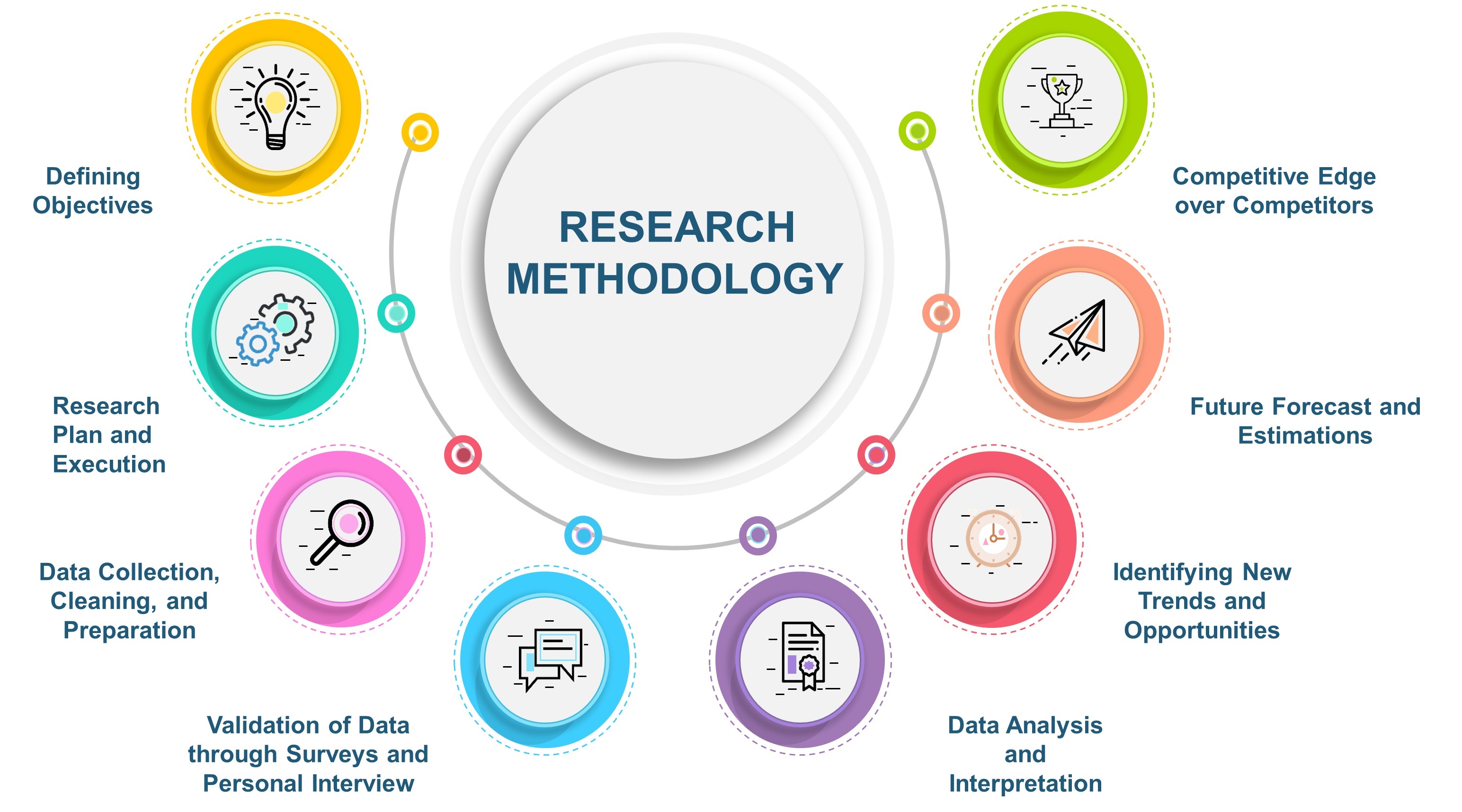
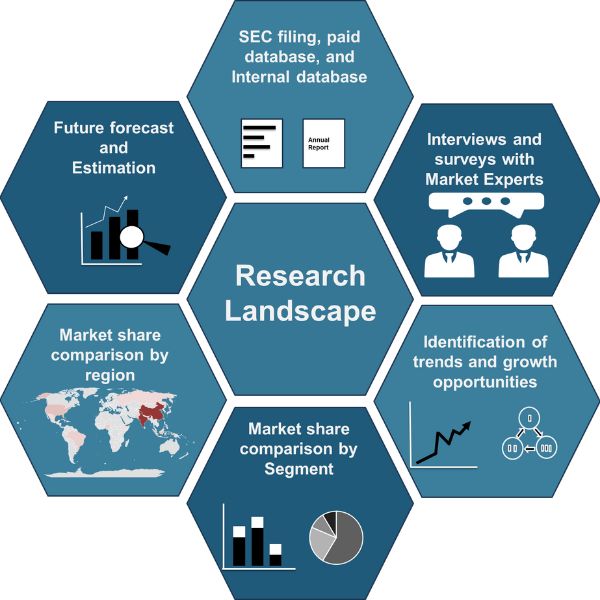
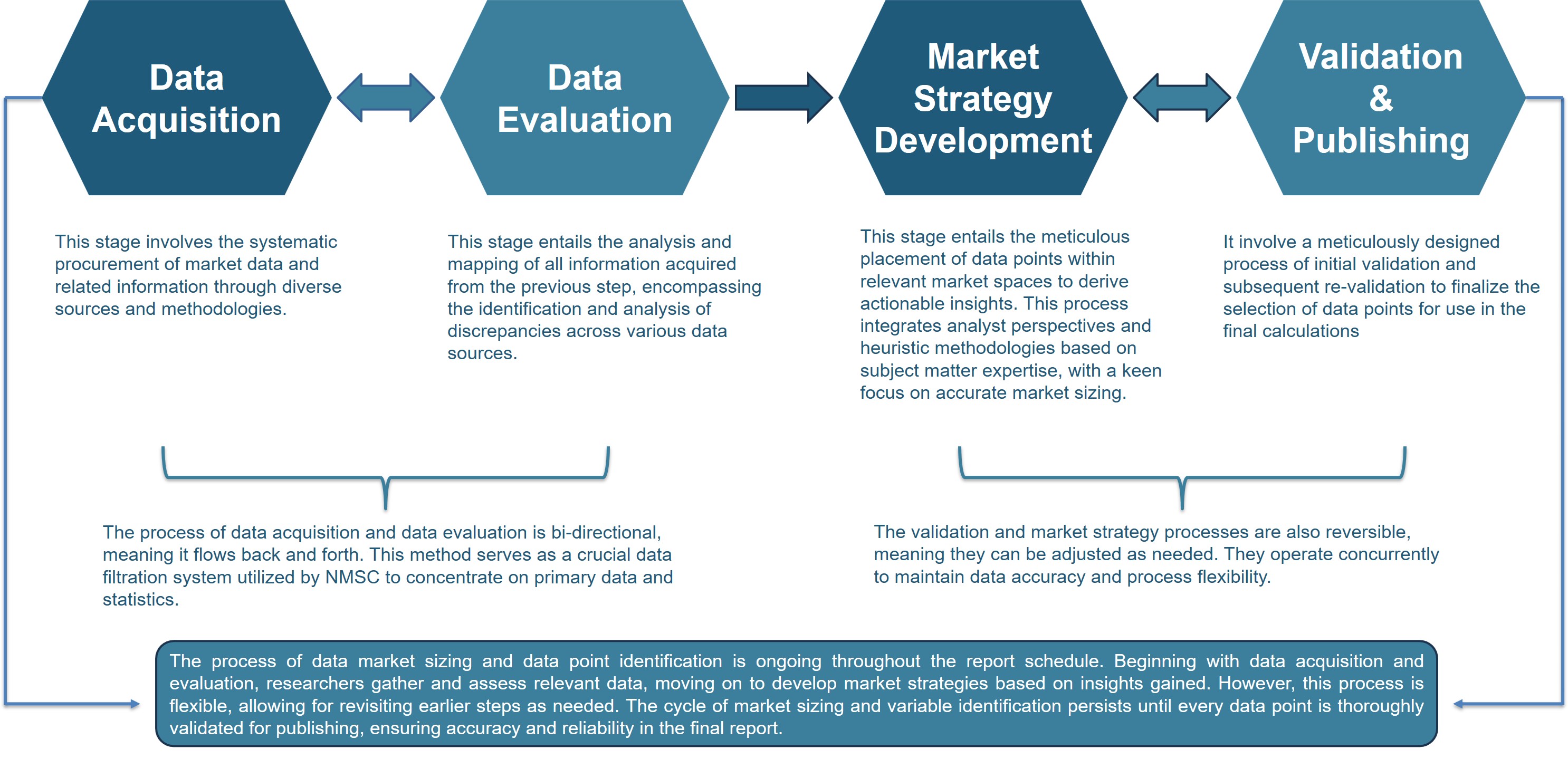
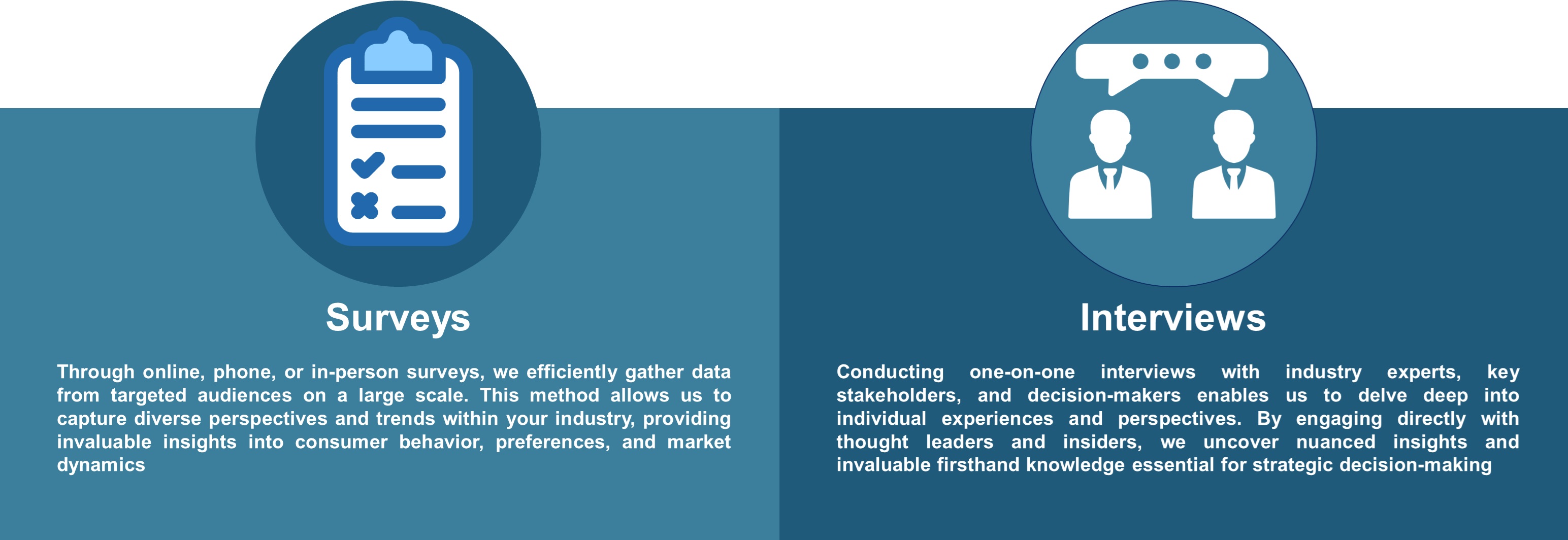



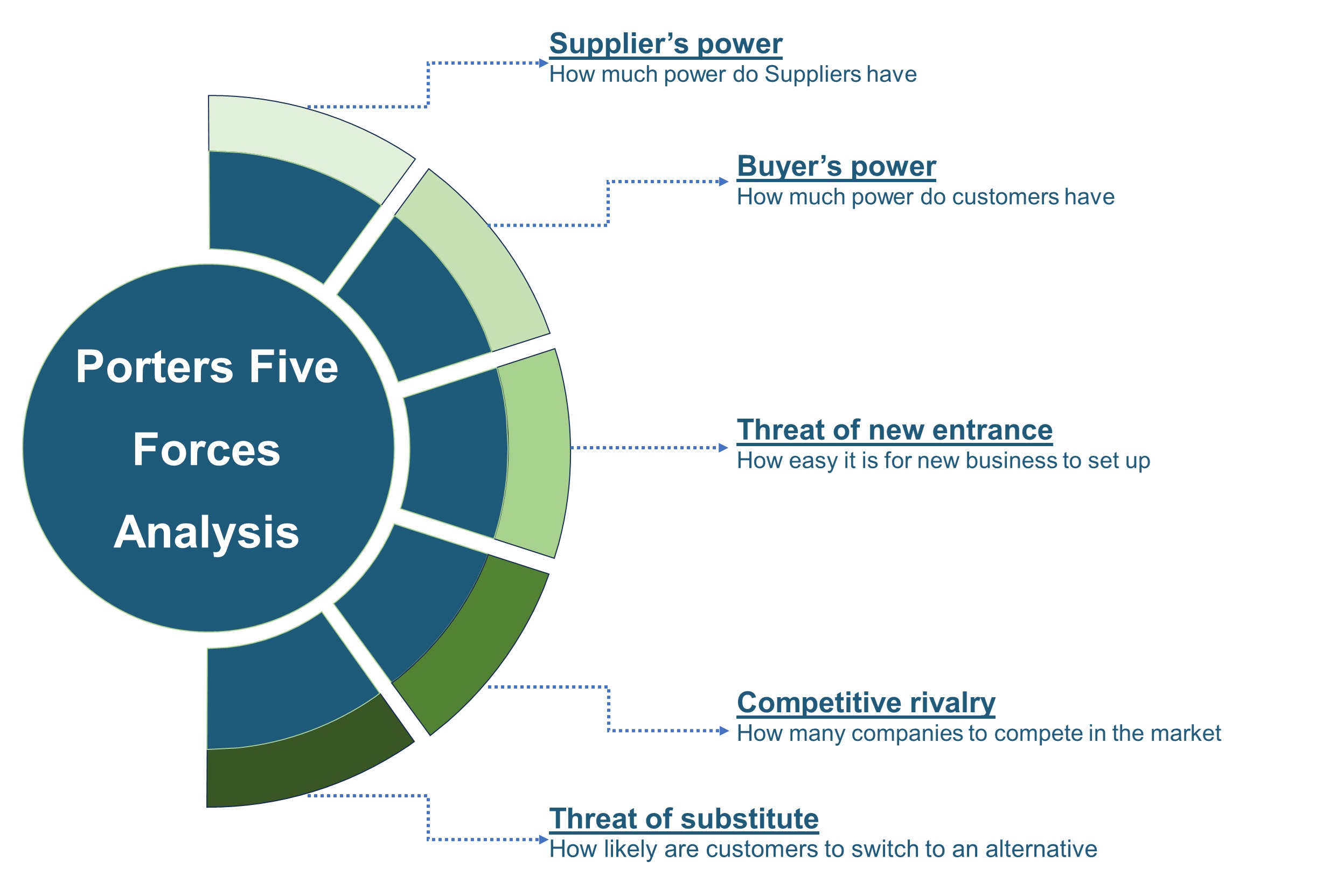







 Speak to Our Analyst
Speak to Our Analyst



